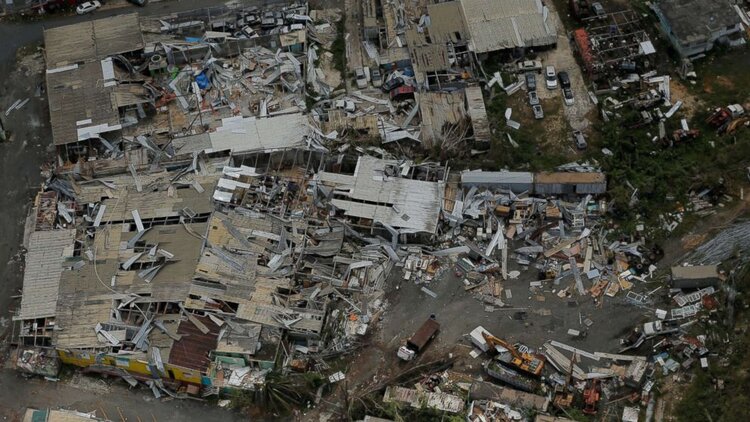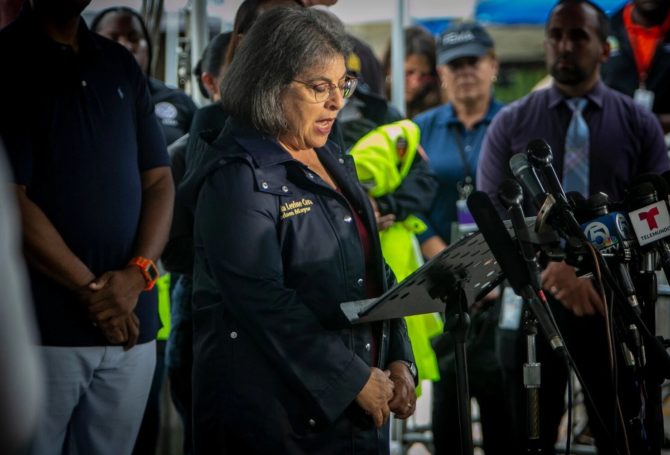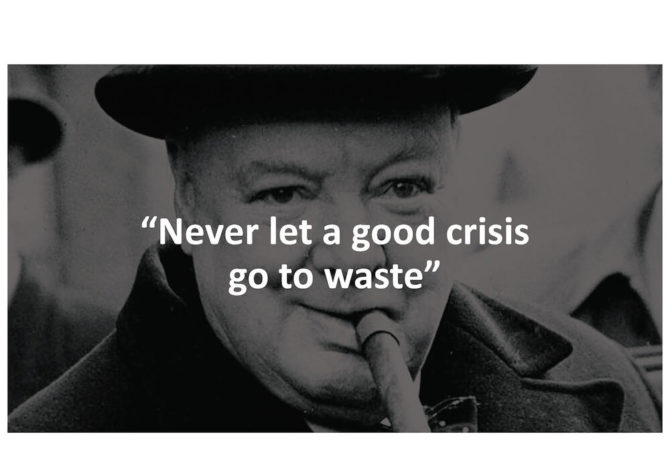An Example of Crisis Response Based on Corporate Values

Crisis counselors recommend organizations respond to a crisis by doing what their values dictate. It is a recommendation too infrequently followed.
The devastation caused by Hurricane Maria prompted a $30 billion Minnesota-based medical technology company to use its mission state written in 1960 “to contribute to human welfare” as a lodestar for its actions.
Puerto Rico, according to Rob Clark, chief communications officer for Medtronic, is a major manufacturing center for the company with 5,000 employees. “Supply disruption can delay the delivery of critical health care products to patients,” he said. “The storm had the potential to affect the health care of millions of people.”
It wasn’t just Medtronic patients who were impacted. “All our facilities suffered significant damage. The homes of more than 130 employees were destroyed and the homes of virtually all of our employees sustained damage,” Clark explained. “Power was out all facilities and would take months to restore. All major communication channels were disrupted.”
Recognizing the daunting challenge and the stakes for patients and employees, Clark said senior leaders from the company convened and determined “our fundamental statement of values” would be the “foundation for how we would respond.” Values were translated into priorities: “Put people first, prioritize recovery efforts, streamline communications and restore operations.”
The first step for Medtronic was to create an “oasis” for employees at work. “We provided employees and their families daily breakfasts and lunches, laundry services, showers and day care and banking services,” Clark recalled. “We provided more than 2 million bottles of water and more than 1,300 personal generators, plus the fuel to run them.”
The restoration effort, Clark said, “included more than 70 relief flights of goods onto the island, shipping more than 40 ocean containers of supplies and ferrying more than 130 specially trained personnel onto the island. Within two weeks we had re-established manufacturing operations at all five facilities and resumed shipping products off the island.”
A communications team headed by Clark landed on the island that re-established communications between manufacturing sites and responded to employee questions. Then came a “steady flow of information to other audiences – global employees, investors and customers. Communications included stories about the progress of relief efforts, which served as motivation and a source of pride for Medtronic employees in Puerto Rico and worldwide.
In many ways, this turn to values as a guide for crisis response mirrored the gold standard of crisis response when Johnson & Johnson addressed the threat of tainted Tylenol by living up to its value of “Putting patients first.”
The Medtronic example stands in sharp contrast to much of hurricane relief efforts in Puerto Rico – and with how many companies deal with major crises. Like Tylenol, which experienced soaring loyalty after it brought Tylenol back to the market with innovative safety lids, Medtronic earned the goodwill of its employees and continuing loyalty from its patients. It is an example worth following in a crisis.



